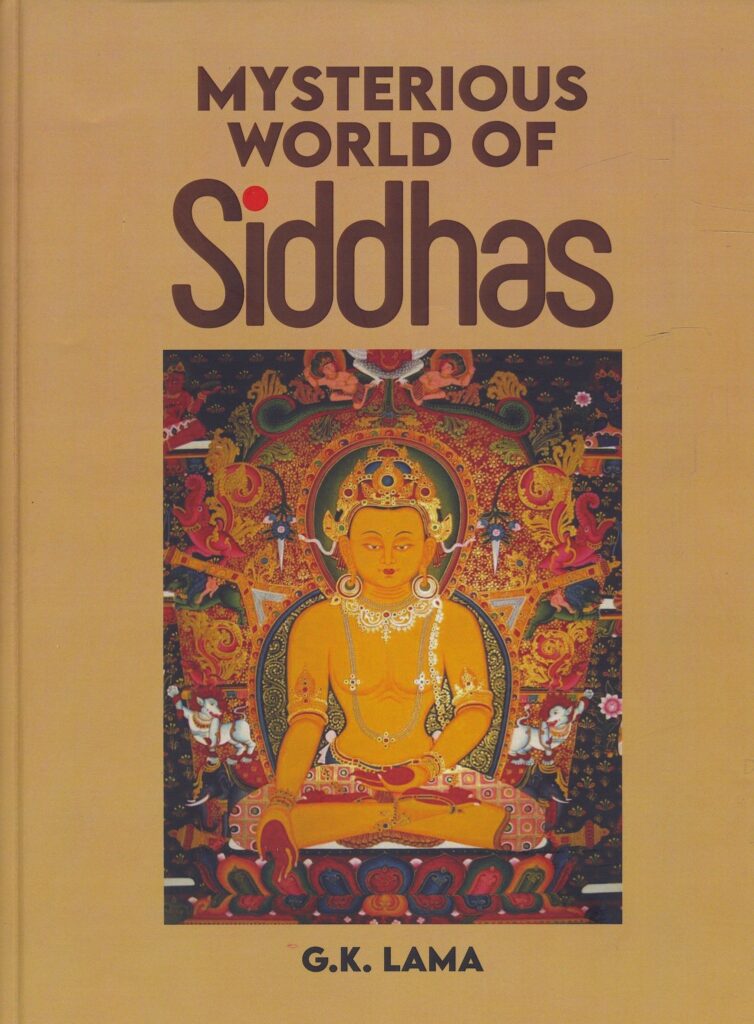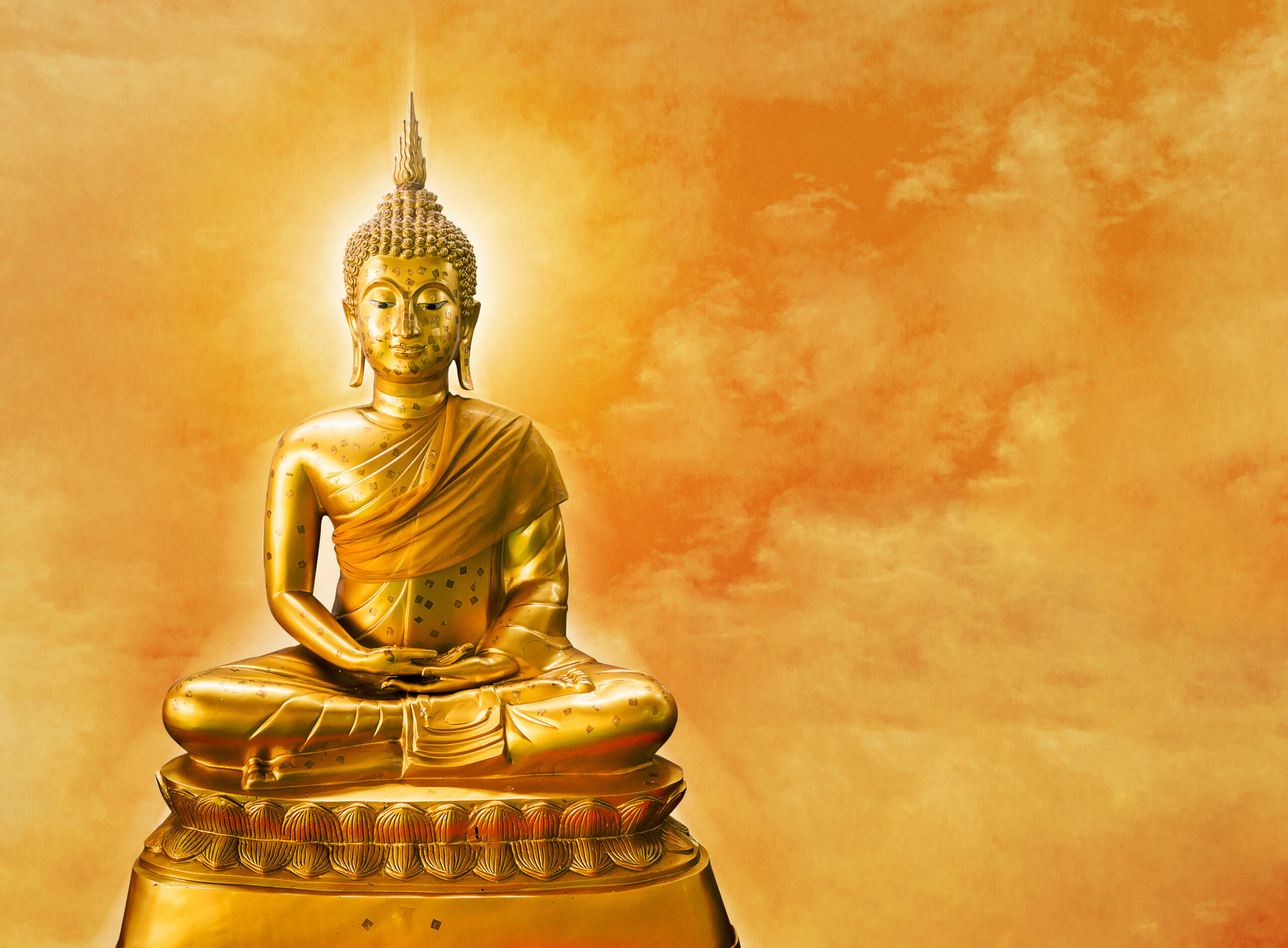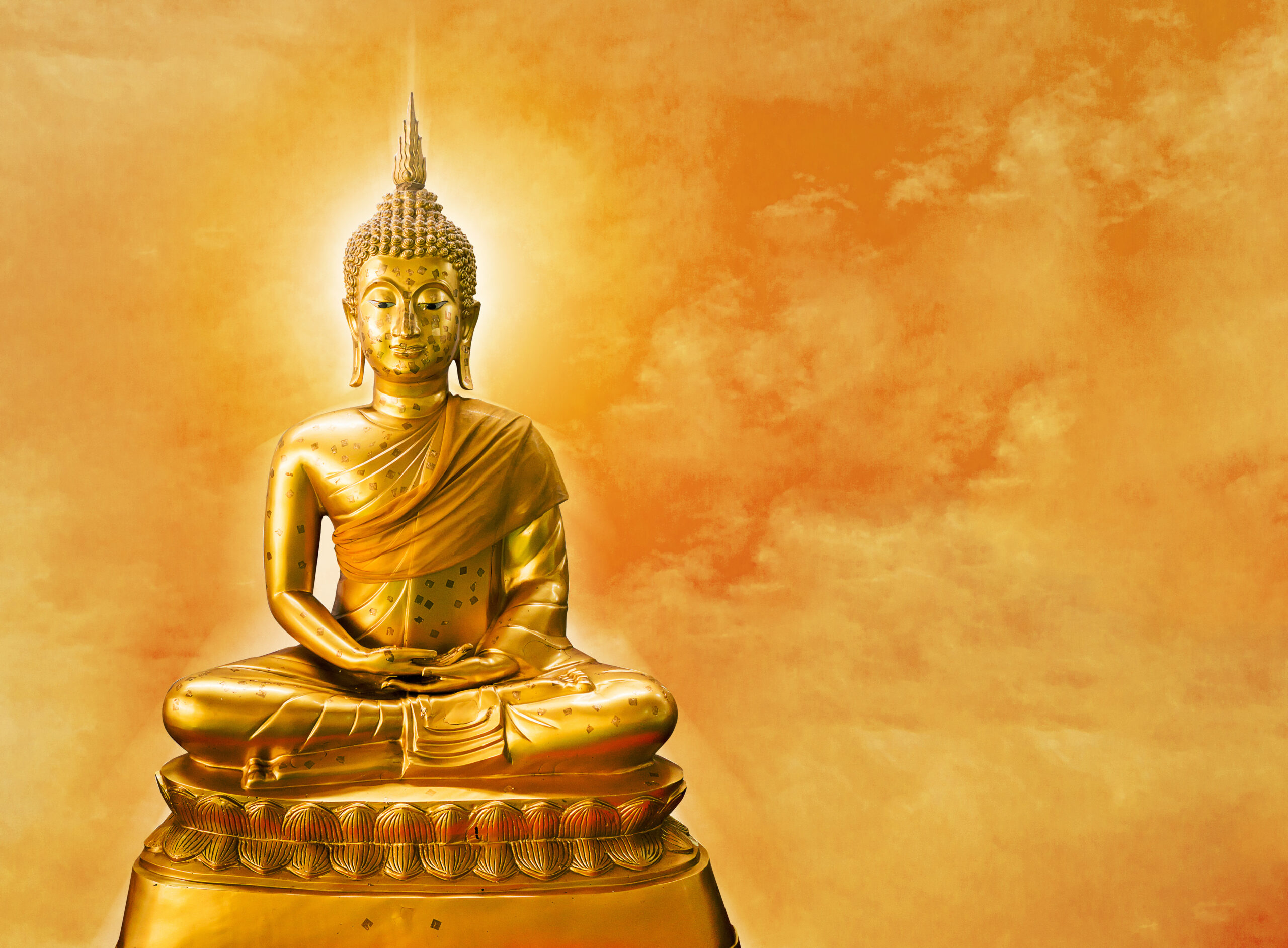Imagine immersing yourself in the rich and enchanting culture of Thailand, delving into the depths of Thai Buddhism and its mysteries. With “Unveiling the Mysteries of Thai Buddhism through Literature”, you can embark on a journey like no other. This captivating collection of books about Thailand offers a unique perspective on the intricate teachings and profound traditions of Thai Buddhism, allowing you to explore its essence through the pages of beautifully written literature. Get ready to unlock the secrets of this ancient philosophy and discover the captivating world of Thai Buddhism through the power of storytelling.
Unveiling the Mysteries of Thai Buddhism through Literature

The Role of Literature in Thai Buddhism
Literature has played a significant role in Thai Buddhism, serving as a medium for communication, education, and spiritual awakening. Through the ages, the written word has allowed Buddhist teachings and principles to be preserved, transmitted, and understood by the masses. Thai Buddhist literature encompasses various genres, such as scriptures, commentaries, poetry, and narratives. These texts not only convey the essence of Buddhist doctrines but also provide insights into the culture, history, and values of the Thai people.
Exploring the Historical Roots of Thai Buddhism
To understand the profound impact of literature on Thai Buddhism, it is essential to explore its historical roots. Buddhism was introduced to Thailand around the 3rd century BCE by Indian missionaries, who brought with them a rich tradition of Buddhist texts. Over time, these texts were translated into the Thai language, allowing the indigenous population to gain access to the teachings of the Buddha. The fusion of Indian and Thai cultures resulted in the development of a unique form of Buddhism, which was enriched by local beliefs and practices.

Influence of Indian Buddhist Texts on Thai Buddhism
Indian Buddhist texts, such as the Pali Canon, the Tripitaka, and the Jataka Tales, have exerted a profound influence on Thai Buddhism. The Pali Canon, a collection of discourses attributed to the Buddha, forms the core of Buddhist literature in Thailand. It contains fundamental teachings on morality, meditation, and wisdom, which serve as guiding principles for Buddhist practitioners. The Tripitaka, meaning “Three Baskets,” encompasses the Vinaya Pitaka (rules for monks), the Sutta Pitaka (discourses of the Buddha), and the Abhidhamma Pitaka (analytical philosophy). These texts provide a comprehensive framework for understanding the Buddhist path to enlightenment.
The Jataka Tales, a collection of stories about the previous lives of the Buddha, have captivated Thai audiences for centuries. These tales not only entertain but also convey moral lessons and spiritual wisdom. By presenting ethical dilemmas, virtues, and vices in a narrative form, the Jataka Tales offer invaluable guidance on how to live a virtuous and compassionate life. Their popularity in Thai Buddhism is evidenced by their incorporation into mural paintings, sculptures, and folklore, making them a cherished part of the cultural heritage.
Thai Buddhist Scriptures and their Significance
Thai Buddhist scriptures, known as phra tham, encompass a wide range of texts that serve as authoritative sources of knowledge and inspiration. These scriptures include commentaries, biographies of monks, meditation manuals, and treatises on philosophy and ethics. They provide a deeper understanding of Buddhist teachings and offer practical guidance for spiritual development. The study and recitation of these scriptures are considered essential for both monks and laypeople in their pursuit of spiritual awakening.
The scriptures also serve as a source of inspiration for Thai Buddhist art and architecture. The intricate carvings, golden pagodas, and vibrant murals found in temples across Thailand often depict scenes from the scriptures. These visual representations not only serve as reminders of the teachings but also inspire devotion and reverence among the faithful.
Interpretation and Symbolism in Thai Buddhist Literature
Thai Buddhist literature is replete with symbolism and allegory, allowing for multiple levels of interpretation. Buddhist principles and concepts are often conveyed through metaphors, parables, and poetic imagery. This figurative language not only makes the teachings more engaging but also allows for a deeper contemplation of their meaning. Symbolism, such as the Lotus Flower representing purity and enlightenment, or the Wheel of Life depicting the cycle of birth and death, permeates Thai Buddhist literature, creating a rich tapestry of spiritual wisdom.
The Importance of Jataka Tales in Thai Buddhism
The Jataka Tales hold a special place in Thai Buddhism as they provide moral guidance and ethical lessons in an accessible and relatable manner. These stories, which span across thousands of previous lives of the Buddha, offer valuable insights into human nature and the consequences of our actions. Through tales of self-sacrifice, compassion, and courage, the Jataka Tales inspire individuals to cultivate noble qualities and overcome the challenges of life. They serve as a moral compass, reminding us of the importance of kindness, generosity, and empathy in our interactions with others.

Thai Buddhist Poetry and its Philosophical Themes
Thai Buddhist poetry, known as klon suad, presents profound philosophical themes in a lyrical and evocative manner. These poems often explore the impermanence of life, the nature of suffering, and the illusory nature of the self. Through vivid descriptions of nature, the poets inspire contemplation and self-reflection, inviting the reader to transcend worldly attachments and seek the ultimate truth. These poems also celebrate the beauty and interconnectedness of all beings, fostering a sense of harmony and compassion.
Famous Thai Buddhist Authors and their Works
Throughout history, numerous Thai Buddhist authors have left an indelible mark on the literary landscape. One such notable author is King Rama I, who composed the Traibhumikatha, a cosmological narrative that describes the realms of existence in Buddhist cosmology. Luang Pu Waen Suciṇṇo, a revered Thai Forest Tradition monk, is renowned for his inspiring sermons and poetic verses that capture the essence of Buddhist teachings. Phra Phayom Kalayano’s Dharma songs, known as Thammachat, offer profound insights into the nature of reality and the path to liberation.
The Impact of Thai Buddhist Literature on Society
Thai Buddhist literature has had a profound impact on society, shaping beliefs, values, and societal norms. It has played a crucial role in disseminating Buddhist teachings to the masses, fostering a deeper understanding of the faith. The values of compassion, kindness, and ethical conduct promoted through literature have influenced the moral fabric of the Thai society. Furthermore, Buddhist literature has contributed to the preservation of Thai cultural heritage, as its themes, symbols, and stories are woven into various artistic forms, including music, dance, and visual arts.
The Future of Thai Buddhist Literature
As the world evolves, so too does the landscape of Thai Buddhist literature. In the digital age, Buddhist teachings and literature are increasingly accessible through online platforms, e-books, and audiobooks. This ease of access presents an opportunity for a wider audience to engage with Buddhist literature and embark on a spiritual journey. However, it is essential to ensure the preservation and accurate translation of these texts to maintain the integrity and authenticity of the teachings.
In conclusion, Thai Buddhist literature stands as a testament to the enduring power of the written word to transmit wisdom, foster understanding, and inspire spiritual growth. Through scriptures, poetry, tales, and teachings, this rich literary tradition continues to unveil the mysteries of Thai Buddhism, offering guidance and enlightenment to those who seek it. By delving into its historical roots, exploring its themes and symbols, and acknowledging its impact, we can appreciate the profound influence of Thai Buddhist literature on both individuals and society as a whole. With the advent of technological advancements, the future of Thai Buddhist literature holds the promise of greater accessibility and engagement, ensuring that its wisdom continues to enlighten and transform lives for generations to come.
